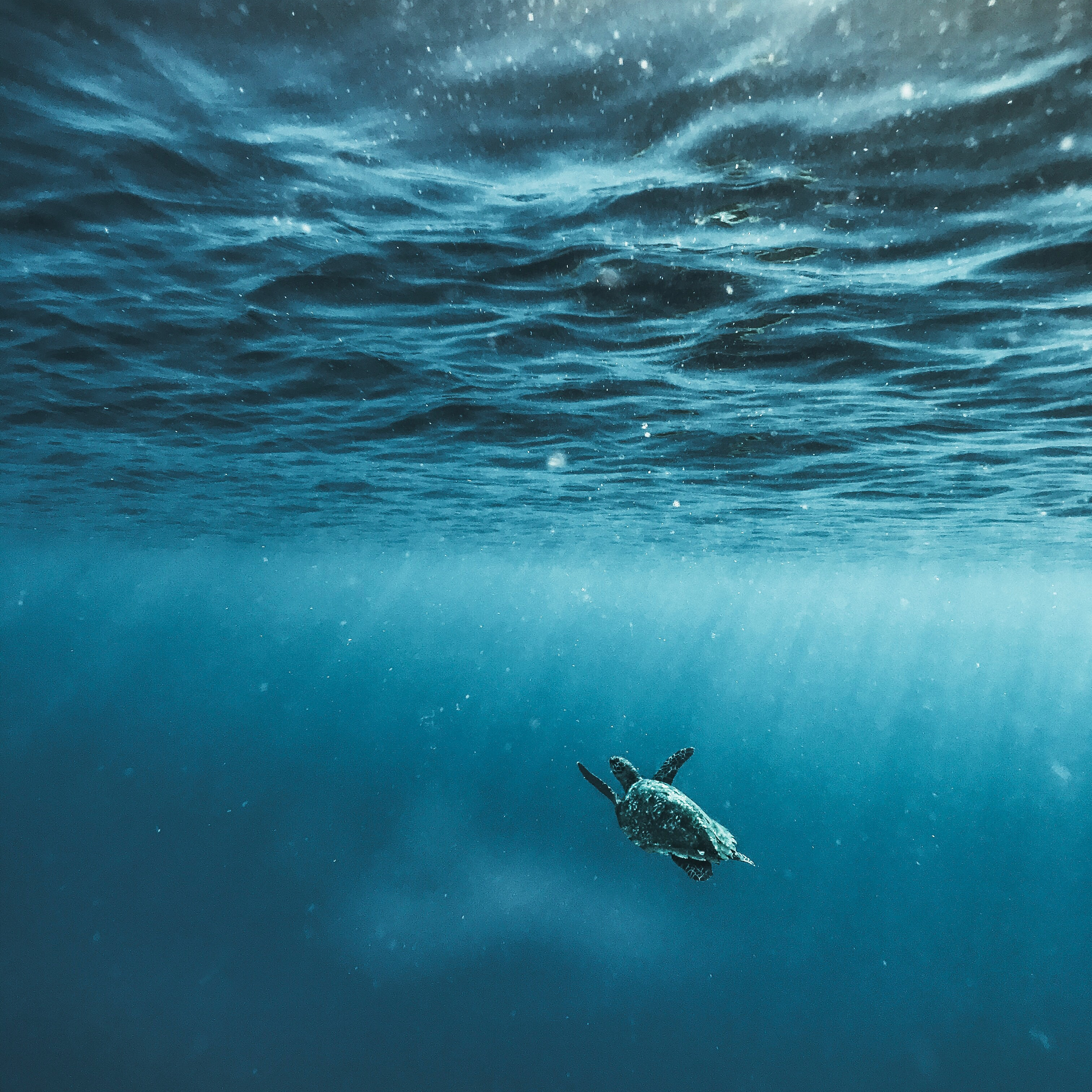We use single-use plastics for mere moments, but their impacts last forever.
Ironically, the creation of plastic was hailed as the saviour of the environment - humans were no longer constrained to the limitations of the natural world. And while people met its invention with excitement and praise, this glorified view of using a plastic product just once before discarding it didn’t last long.
The first recorded analysis of plastic in our oceans in the 1960s was met with a change in environmental awareness and an increase in scientific studies. Society was slowly becoming aware of the quickly spreading waste problem.
So where does single-use stand today? There are a few main reasons as to why these plastics are damaging not only to the planet, but to humans too.
Perennial pollution
Single-use plastic is the highlight of our throw-away culture, and it accounts for a whopping 40% of all plastic produced in Australia. The anti-litter campaigns that ran in the late ’50s onwards put the onus on us, aiming to teach people to throw their trash in the bin (while diverting attention away from those producing the excess of single-use waste).
What was conveniently left out back then is that there is no ‘away’ in 'throw away' - it all still exists. And what does end up in recycling is met with an incompetent recycling system that sees less than 10% of Australia’s plastic recycled.
Plastic poses a threat to our health
In living with single-use plastics, we are exposed to dangerous chemicals. Many of the chemicals in plastics are known as endocrine disruptors, which disturb the body’s hormone systems. Plastics containing endocrine disruptors are used extensively in packaging, construction, food production and packaging, cookware, health care, children’s toys, home electronics, textiles, and cosmetics, just to name a few.
Exposure through “leaching” (the transfer of chemicals from plastic to the water or substance it contains) can occur anytime during the plastic's infinite lifetime, from manufacturing to consumer contact, recycling, to waste management and disposal.
The persistent production and purchase of single-use plastics in our society has an overwhelmingly negative impact on the climate.
Climate change
Recent reports show that plastic production contributes to climate-changing greenhouse gas emissions at every point in its life cycle - from drilling for its source materials to disposal. If we continue to produce plastic unrelentingly, its greenhouse gas emissions could reach 1.34 gigatons per year by 2030 - which, for reference, would be equal to adding nearly 300 new coal-fired power plants - during a time when we desperately need to reduce emissions.
While we can all do our part to live plastic-free lives, in reality it comes down to putting onus on companies that profit from single use plastic. Legislation will have a role to play too.

Share:
The 7 Sins of Greenwashing
Carbon Offsetting won’t save us (but it’s a start)